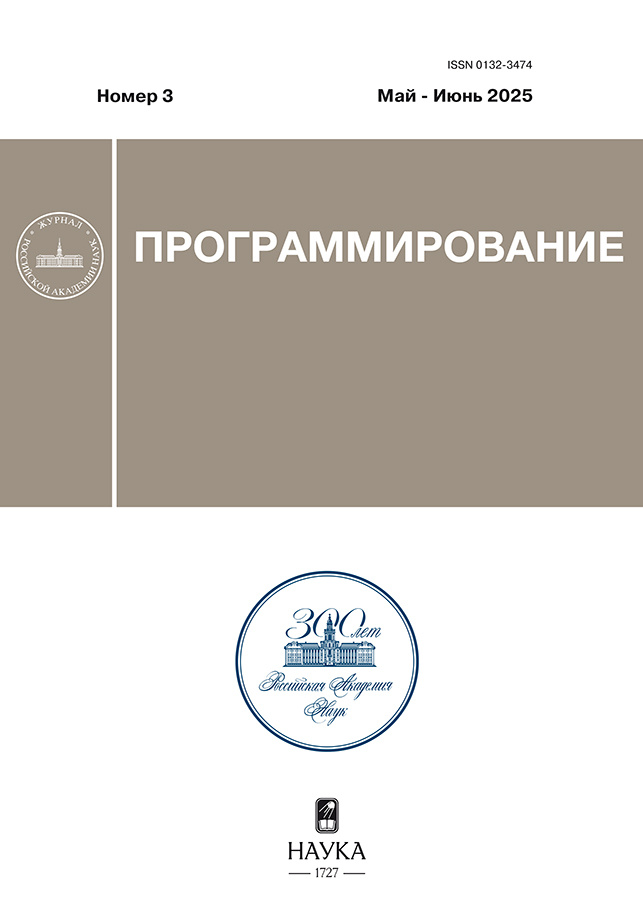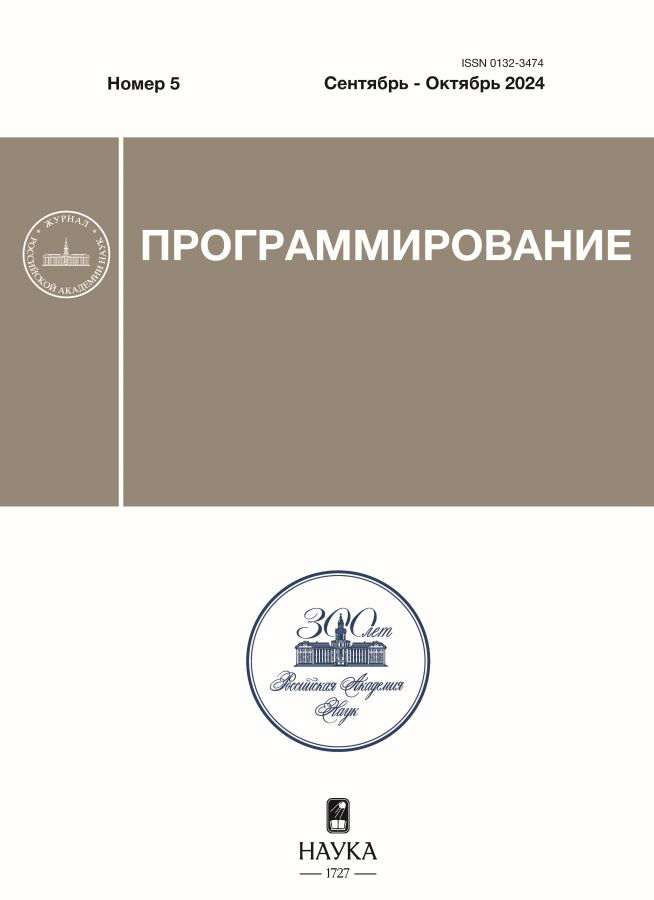Estimating the complexity of objects in images
- Authors: Bokshanskiy V.B.1, Kulin V.A.1, Finiakin G.S.1,2, Kharlamov A.S.3, Shatskiy A.A.1
-
Affiliations:
- Bauman Moscow State Technical University
- National Research University “Moscow Power Engineering Institute”
- Moscow State Technical University of Civil Aviation
- Issue: No 5 (2024)
- Pages: 31-41
- Section: COMPUTER GRAFICS AND VISUALIZATION
- URL: https://ter-arkhiv.ru/0132-3474/article/view/683330
- DOI: https://doi.org/10.31857/S0132347424050036
- EDN: https://elibrary.ru/OLZNYI
- ID: 683330
Cite item
Abstract
A new method for estimating the complexity of geometric shapes (spots) is proposed, taking into account the internal structure of the spots, and not only their external contour. The task of calculating the degree of complexity of objects is divided into components: segmentation of spots and estimation of the complexity of isolated spots. The new method has a relatively low computational complexity compared to the alternative methods considered in the work. Using the new method, an algorithm based on parallel computing of the CUDA programming language for graphics accelerators (video cards) was created, which further increases the performance of our method. A qualitative and quantitative analysis of existing (alternative) methods has been carried out, their advantages and disadvantages in comparison with our method and with each other have been revealed. The algorithm implemented on the basis of the new method has been tested on both artificial and real digital images.
Full Text
About the authors
V. B. Bokshanskiy
Bauman Moscow State Technical University
Email: shatskiyalex@gmail.com
Russian Federation, Moscow
V. A. Kulin
Bauman Moscow State Technical University
Email: shatskiyalex@gmail.com
Russian Federation, Moscow
G. S. Finiakin
Bauman Moscow State Technical University; National Research University “Moscow Power Engineering Institute”
Email: shatskiyalex@gmail.com
Russian Federation, Moscow; Moscow
A. S. Kharlamov
Moscow State Technical University of Civil Aviation
Email: shatskiyalex@gmail.com
Russian Federation, Moscow
A. A. Shatskiy
Bauman Moscow State Technical University
Author for correspondence.
Email: shatskiyalex@gmail.com
Russian Federation, Moscow
References
- https://ru.wikipedia.org/wiki/WMAP/
- https://en.wikipedia.org/wiki/Planck_(spacecraft)
- Hu M.K. Visual pattern recognition by moment invariants, IRE Trans. Info. Theory, 1962. V. IT-8, P. 179–187 (1962).
- Doerr F.J.S., Florence, A.J. A micro-xrt image analysis and machine learning methodology for the characterisation of multi-particulate capsule formulations, Int. J. Pharm., 2020. V. 2.
- Kornilov A.S., Safonov I.V. An overview of watershed algorithm implementations in open source libraries, J. Imaging, 2018. V. 4. No. 10. P. 123.
- Shaiduk A.M., Ostanin S.A. Quantitative estimation of shape comlexity in medical images // Zh. Radioelektron. 2013. V. 2.
- Rothganger M., Melnik A., Ritter H. Shape complexity estimation using VAE. ArXiv:2304.02766, 2023.
- Gilchrist J. Parallel data compression with bzip2, Proceedings of the 16th IASTED International Conference on Parallel and Distributed Computing and Systems, 2004. V. 16. P. 559–564.
- Shannon C.E. A mathematical theory of communication. Bell Syst. Techn. J., 1948. V 27, No. 3. P. 379–423.
Supplementary files



















